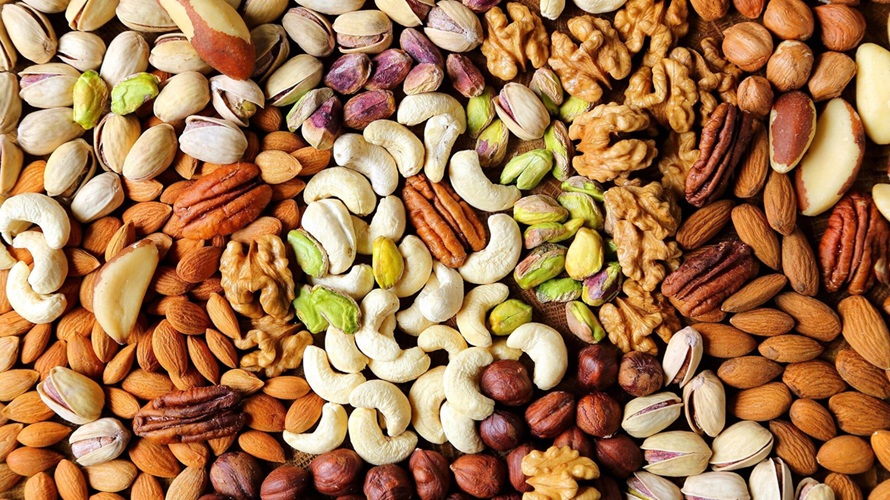 Mumbai : The Reserve Bank of India, in its second bi-monthly Monetary Policy Committee meeting, has projected quarterly average headline inflation in the range of 2-3.5 per cent in the first half of the year and 3.5-4.5 per cent in the second half.
Mumbai : The Reserve Bank of India, in its second bi-monthly Monetary Policy Committee meeting, has projected quarterly average headline inflation in the range of 2-3.5 per cent in the first half of the year and 3.5-4.5 per cent in the second half.
In its outlook, the central bank said the actual outcome for the first quarter has tracked projections.
“Looking ahead, as base effects fade, the evolving momentum of inflation would be determined by the impact on the CPI (consumer price index) of the implementation of house rent allowances (HRA) under the 7th central pay commission; the impact of the price revisions withheld ahead of the GST (Goods and Services Tax); and the disentangling of the structural and transitory factors shaping food inflation,” said the minutes of the meeting — held on August 1-2 — which were published on Wednesday.
The inflation trajectory has been updated taking into account all these factors and incorporates the first round impact of the implementation of the HRA award by the Centre, RBI said.
The apex bank said there are several factors contributing to uncertainty around this baseline inflation trajectory.
“Implementation of farm loan waivers by states may result in possible fiscal slippages and undermine the quality of public spending, entailing inflationary spillovers,” it said.
“If states choose to implement salary and allowance increases similar to the Centre in the current financial year, headline inflation could rise by an additional estimated 100 basis points above the baseline over 18-24 months. Also, high frequency indicators suggest that price pressures are building up in vegetables and animal proteins in the near months,” it cautioned.
However, RBI said there are some moderating forces at work.
“First, the second successive normal monsoon coupled with effective supply management measures may keep food inflation under check. Second, if the general moderation of price increases in CPI excluding food and fuel continues, it will contain upside pressures on headline inflation. Third, the international commodity price outlook is fairly stable at the current juncture.”
The apex bank said business sentiment polled in the manufacturing sector reflected expectations of moderation of activity in second quarter of 2017-18 from the preceding quarter.
Moreover, high levels of stress in twin balance sheets — banks and corporations — are likely to deter new investment.
“With the real estate sector coming under the regulatory umbrella, new project launches may involve extended gestations and, along with the anticipated consolidation in the sector, may restrain growth, with spillovers to construction and ancillary activities. Also, given the limits on raising market borrowings and taxes by States, farm loan waivers are likely to compel a cutback on capital expenditure, with adverse implications for the already damped capex cycle,” it added.
—IANS





0 Comments